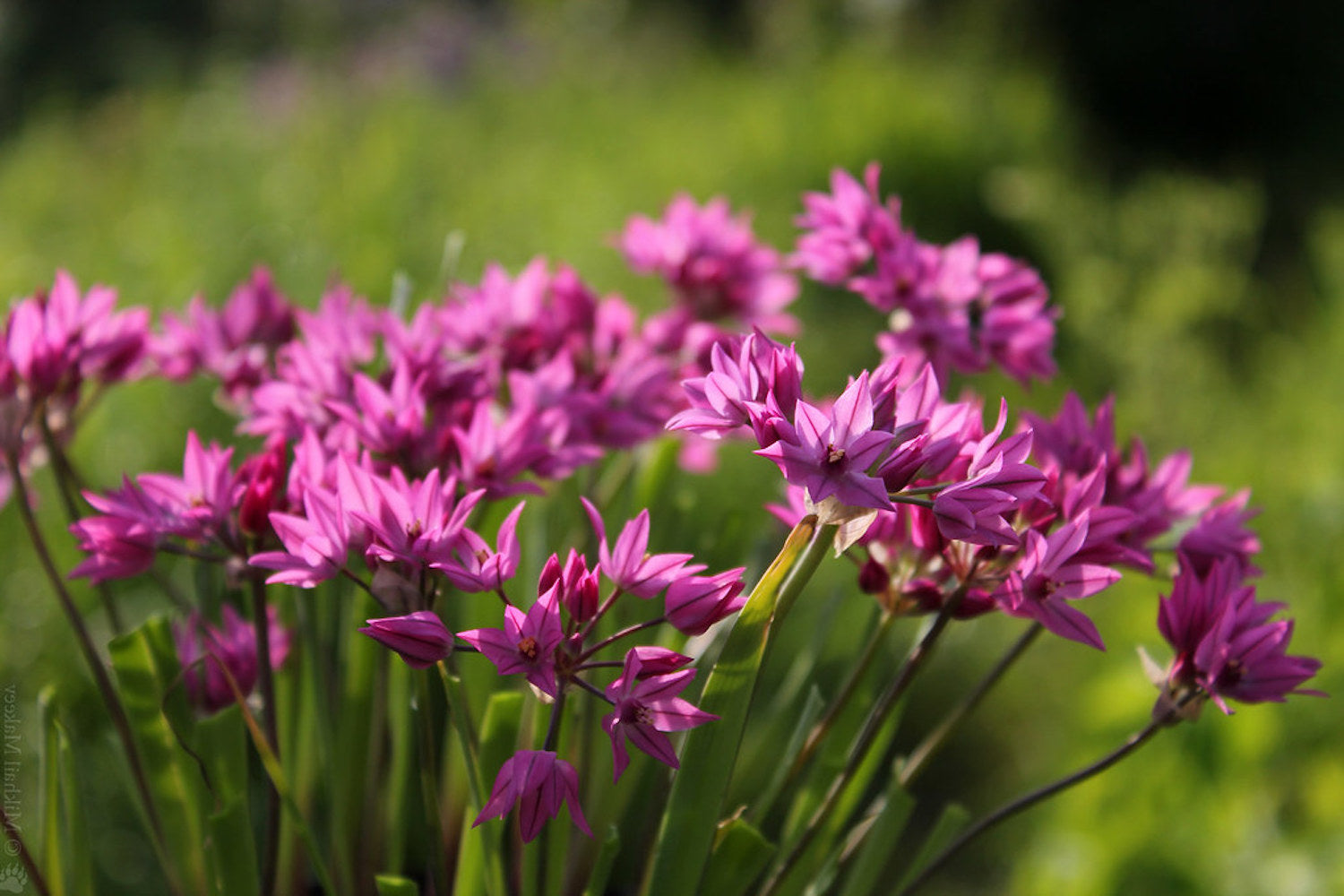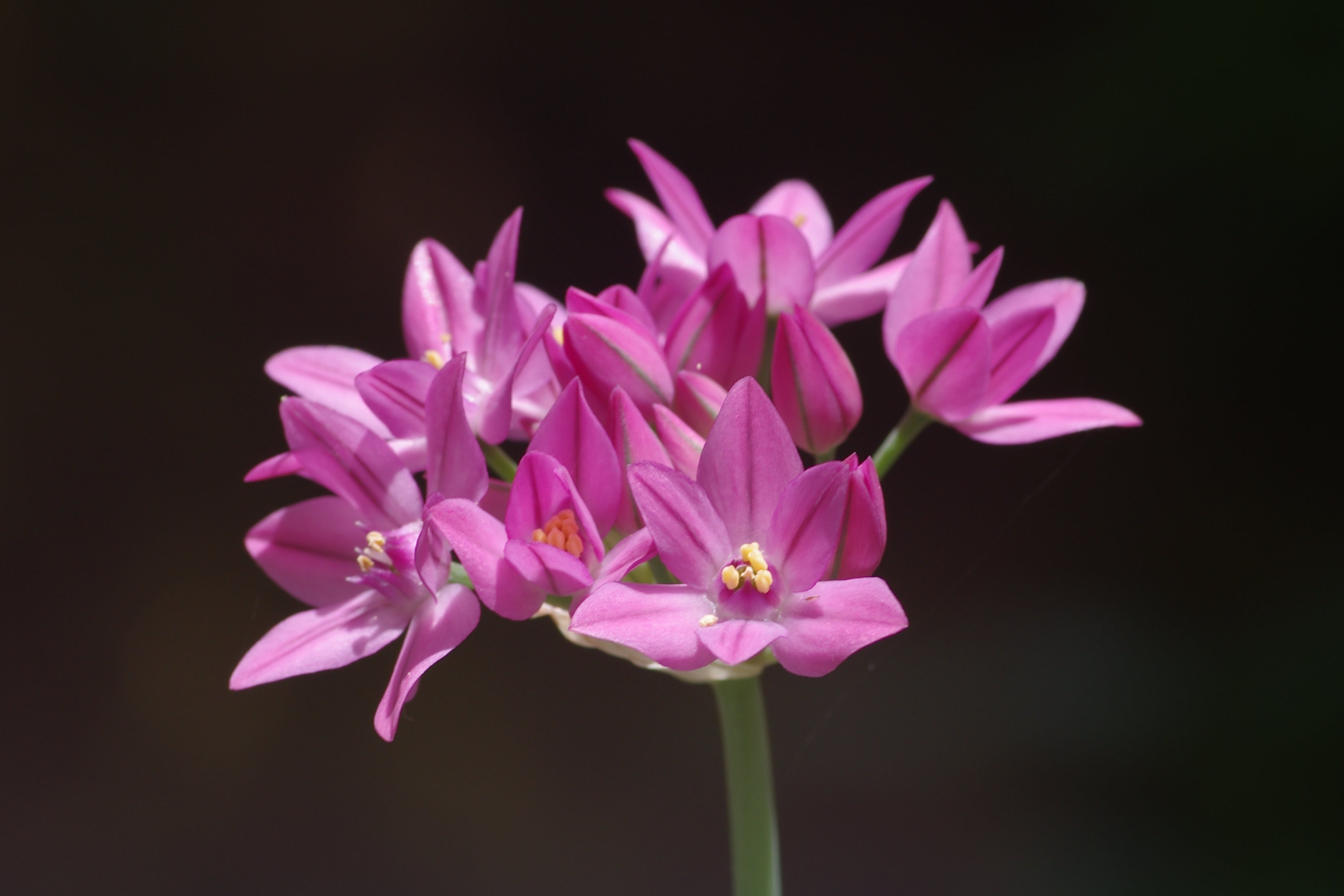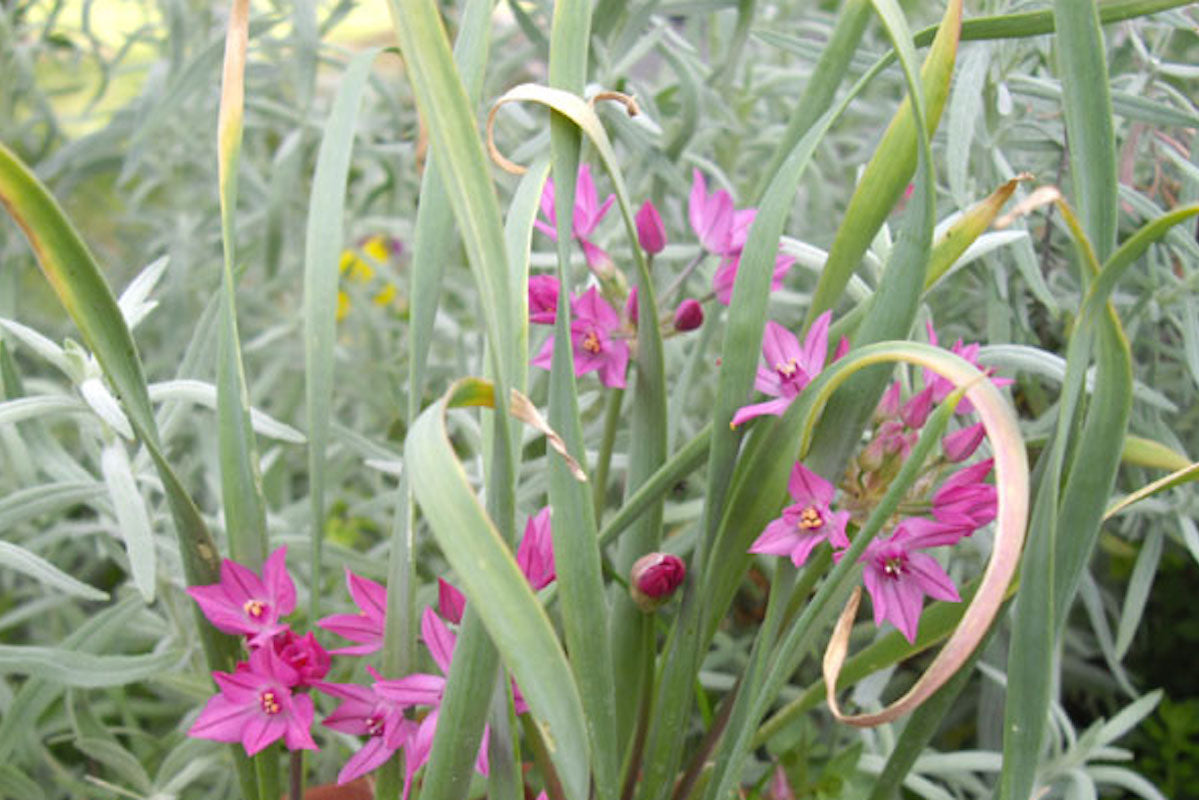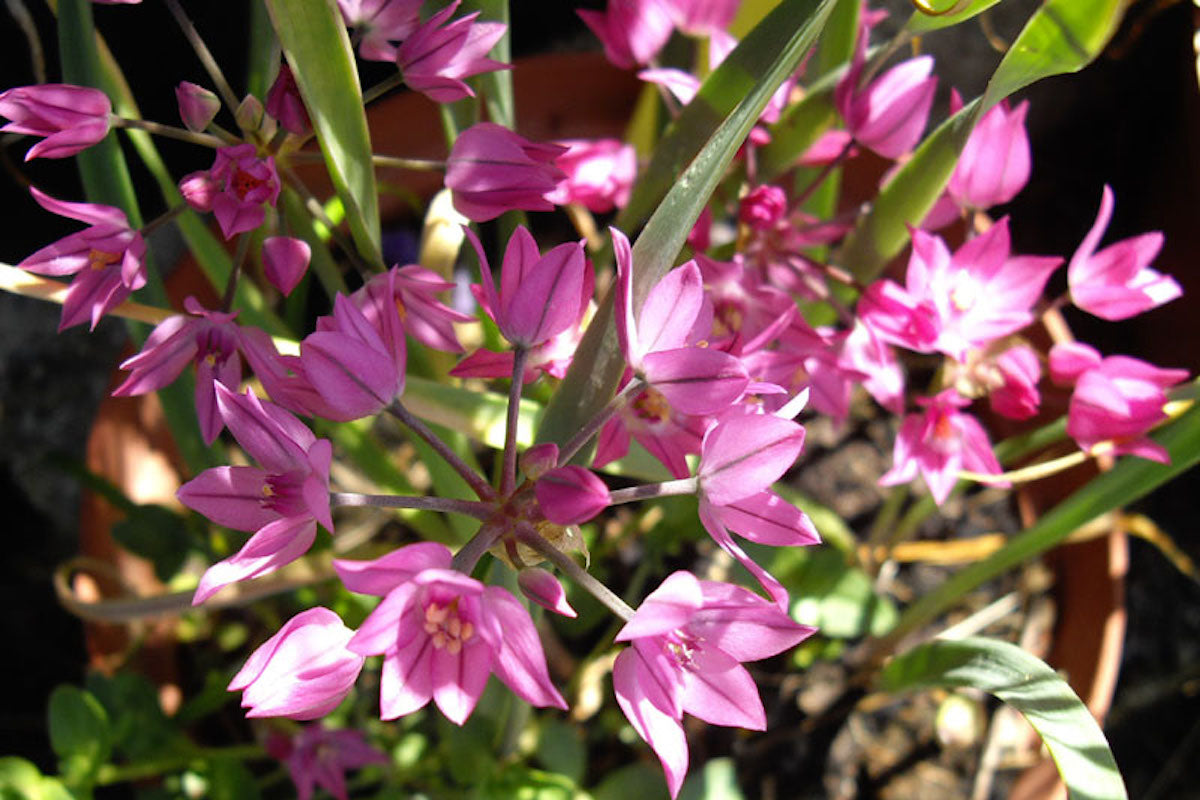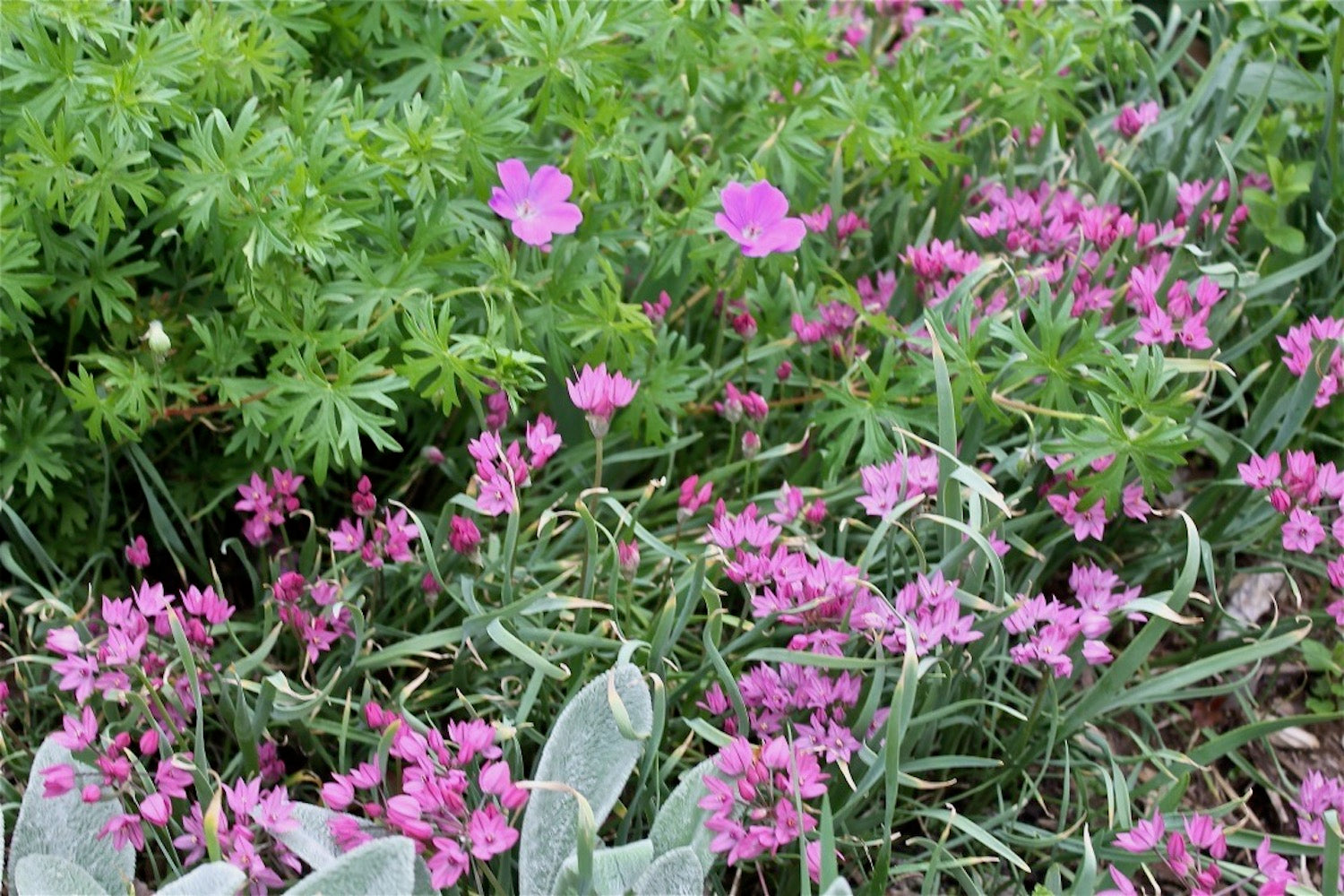Allium oreophilum
Approx. 0.5 litre pot
About this cultivar:
Allium oreophilum is a compact, hardy bulb which has narrow, semi-erect, grey-green leaves and in late spring and early summer loose, domed heads of up to ten pink-purple flowers. Commonly called pink lily leek or mountain lover. The specific epithet (oreophilum) is derived from ancient Greek, meaning 'mountain-loving'. Try in pots and alpine beds, or even near paths and at the front of a border. Hopefully it will naturalise in drifts for you, but you can also try planting it trough other plants.
This once had the RHS AGM but they rescinded it, tho I don't know why? (did it make offensive comments at work? fiddled the accounts?). In any case, who cares how or where it should grow, you need to try it because when it works it looks amazing!
- Position: Full sun, partial shade (prefers full sun)
- Soil: Almost any soil
-
Flowers: July, August
- Other features: Bees and Butterflies, Suitable for Container
- Hardiness: H6 - Hardy in all of UK and northern Europe (-20 to -15°C)
- Habit: Columnar or Upright
- Foliage: Deciduous
- Height: 10 - 15 cm (0.3 - 0.5 ft)
- Spread: 10 - 15 cm (0.3 - 0.5 ft)
- Time to full growth: 2 to 5 years
- Plant type: Herbaceous Perennial, Bulb
- Colour: Pink, green
- Goes well with: Osteospermum, Iris, Lavender, Artemisia, Sage, Phlomis and perhaps Rosa.
About this genus:
Allium, also known as flowering onion, are disease resistant and very easy to grow in a wide range of conditions; from coastal areas to drought-prone areas to our own clay soil at Ballyrobert. They are bulbous, often edible, herbaceous perennials with a strong onion or garlic scent that is useful for warding off vampires.Allium usually have pom-pom flowering heads that can be pink, yellow, lemon, powder-blue, purple, lilac, or white. They appear to flower for ever and insects love them. When Allium do stop flowering they don't droop-down - they dry-out! These dry flowers and stems add wonderful structure and offer an even longer 'flowering period'.
Great on their own they are also versatile plants. One use is weaving through other plants since they take up very little space on the ground and have an upright habit. We also grow a few of ours on a wall - it works! (we think). It is up to you what you do with yours! They are also great to grow in pots.
Some ideas: Try Allium next to pastels- we put the smaller ones next to Osteospermum. Or try them with Mediterranean plants like Lavender, Artemisia, Sage, Phlomis and perhaps Rosa. We also think their succulent appearance means they compliment Iris.

